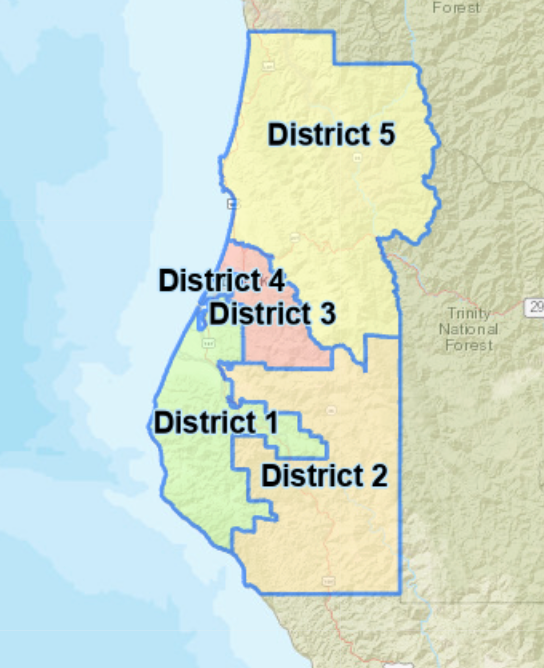Fish and Wildlife Service Gives Green Diamond New Permit to Take Spotted Owls
- Aug 5, 2019
- 3 min read

NSO Activity Centers in Green Diamond Timber Harvest.
The U.S. Fish and Wildlife Service just can’t seem to help approving Habitat Conservation Plans (HCPs) with Incidental Take Permits (ITPs) that will doom the Northern Spotted Owl to eventual range-wide extinction.
Earlier this year, the U.S. Fish and Wildlife Service issued its Record of Decision to approve a new HCP and ITP for Green Diamond Resource Company. Until now, Green Diamond had been operating under a 1992 HCP that was approved when the company’s California timber operations were still the same as the parent-company’s name, Simpson Timber Company. The 1992 Simpson HCP for Northern Spotted Owls was the first of its kind.
27-years later, Green Diamond’s own NSO HCP reports admit that the premises upon which that plan were based have not panned out and the HCP has essentially failed at protecting Northern Spotted Owls, or maintaining and/or replacing Northern Spotted Owl activity centers and habitat lost to timber harvest. In 2007, the U.S. Fish and Wildlife Service agreed to amend the HCP at Green Diamond’s request—to allow for more Incidental Take of Northern Spotted Owls than the original plan allowed.
The recently-approved new HCP for Green Diamond has been nearly a decade in the making; all the while, Northern Spotted Owl sites are lost and not replaced, and new habitat has either not grown as anticipated, or has not been occupied by new Northern Spotted Owls.
To the extent there was any saving-grace to the original 1992 Simpson (Green Diamond) HCP for Northern Spotted Owls, it was the network of NSO set-asides, larger blocks of either known-occupied, or potentially-occupied forest that were designated as off-limits to commercial timber harvest for the duration of the Incidental Take Permit.
The recently-approved new HCP for Green Diamond will do away with these NSO set-asides, and instead will rely upon, “Dynamic Core Areas,” aka, floating, not static or stationary areas that can be moved and manipulated around the landscape by Green Diamond, while rendering the majority of the old NSO set-aside acreages now available for Green Diamond timber harvest.
In the 29-years since the original listing of the Northern Spotted Owl as a “threatened” species under the federal Endangered Species Act, and 27-years after the issuance of the original Simpson HCP for Northern Spotted Owls, the species’ population, and prognosis for survival and recovery in the wild continue to plummet.
The most recent range-wide meta-analysis of all long-term demographic study areas within the species’ range indicates that not only are Northern Spotted Owl populations and all vital demographic statistics continuing to decline, but that the rate of decline is increasing, as much as four-percent per-year in many areas.
In 2012, EPIC presented a petition to the U.S. Fish and Wildlife Service to “reclassify” or “uplist” the Northern Spotted Owl from a “threatened” species to an “endangered species.” However, instead of working to consider EPIC’s petition, or grappling with the grim realities and prognosis for survival and recovery of the Northern Spotted Owl in the wild by reclassifying the species and ramping up recovery actions, the Service seems hell-bent on authorizing as much Incidental Take of Northern Spotted Owls as it possibly can before being forced to change course.
The approval of the new Green Diamond HCP for Northern Spotted Owls signals yet anther harbinger of warning for a species already in dire peril, and shows plainly the U.S. Fish and Wildlife Service’s preference to permit extinction rather than to attain range-wide species recovery.





Comments